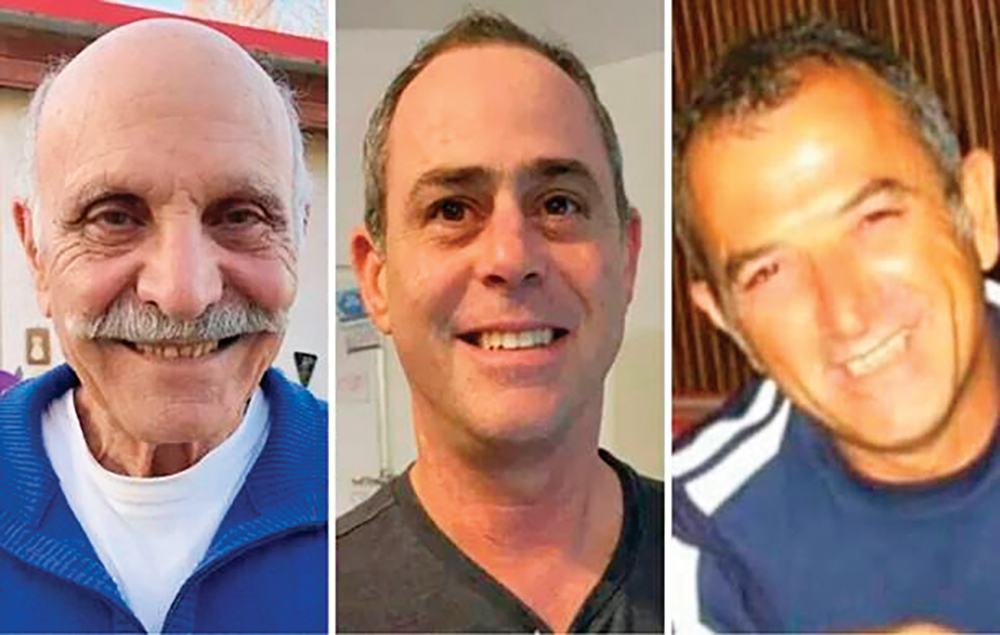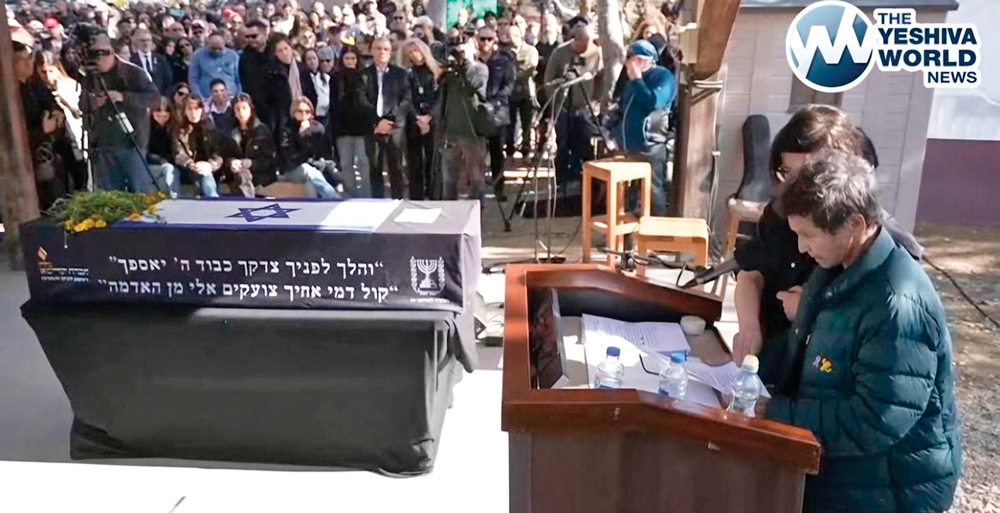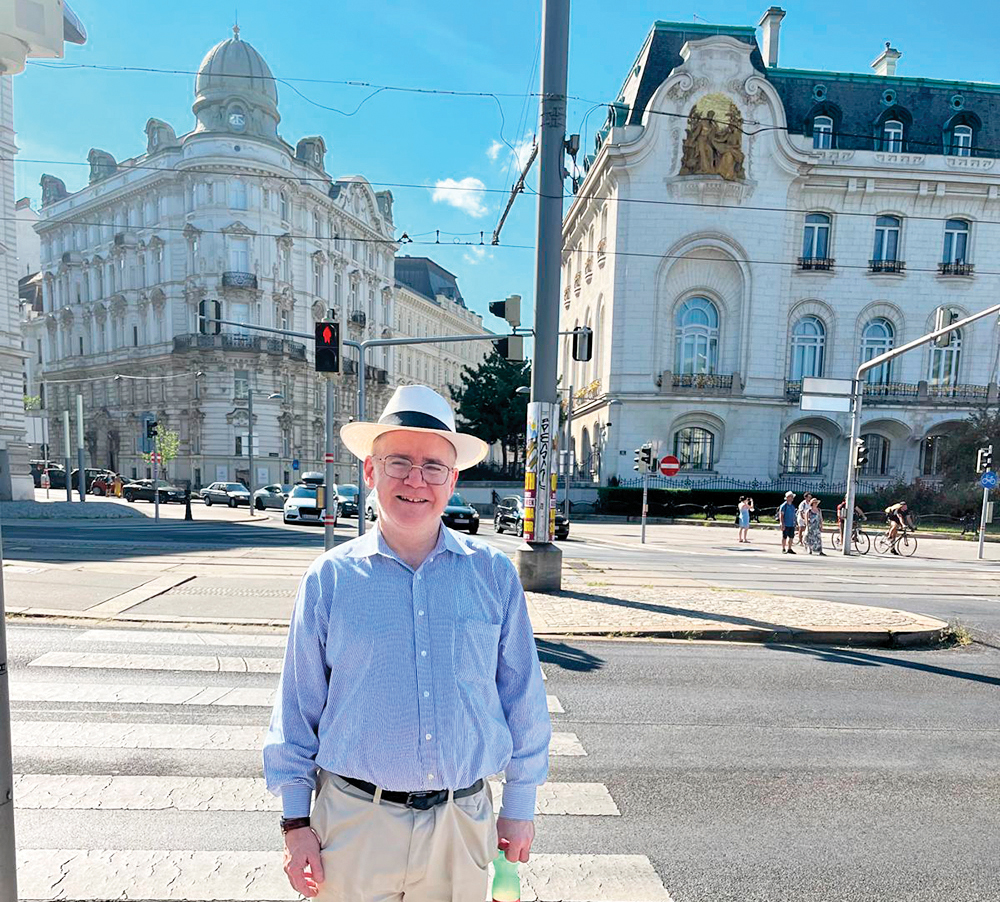The yahrzeit, or yom hillula, of the venerable and esteemed second-century sage Rabbi Shimon bar Yochai, also known by the acronym Rashbi, was observed this Thursday, and it is still very much proper to recall the life of a most striking Tannaitic figure. It is also very much worthwhile to reflect on Rabbi Shimon bar Yochai’s exceptional life through a Yiddish lens. To those of little faith, who find it difficult to accept the miracles of this most remarkable and revered master and teacher in Israel, I offer the following Yiddish terms:
OOMGLOIBLICH (unbelievable) Rabbi Shimon Bar Yochai might not have been the first of our religious leaders to go into hiding, in that he was wanted dead or alive for having dared to criticize the Roman government. He was the first, however, to have been accompanied by unbelievable miracles. Seeking refuge in a cave is one thing. Waking up the next morning to see the sudden appearance of a carob tree just outside the cave and a babbling brook a few feet off to provide food and water was simply oomgloiblich.
HEHRST A MEISEH? (do you want to hear a story?) More akin to “did you ever”—to be read with proper inflection of a New Yorker residing in any of the five boroughs. After being holed up in that cave for 12 years with his son Eliezer, where he continued to study Torah and to clandestinely teach Torah to his faithful students, Rabbi Shimon bar Yochai learned that there was no longer a bounty on his head. The only problem was that Rashbi could not tolerate mundane matters, such as planting and sowing. And so, when Rashbi caught sight of a farmer working in his field, beams shot forth from his pupils and incinerated the farmer’s grain.
A NECHTIKER TOG (yesterday’s day) More akin to “fuggedaboudit”—also to be read with proper inflection of a New Yorker residing in any of the five boroughs. It didn’t take long for Rashbi to be associated with miracles. And so, when it was necessary to send a delegation to Rome in the hope of having decrees against three Jewish observances rescinded, Rashbi was sent to Rome together with Rabbi Eleazar ben Yossi. Along the way, Rashbi was met by the demon Ben Temalion, who offered his assistance. Rashbi readily accepted the demon’s offer, and asked Ben Temalion to enter the body of the emperor’s daughter. In no time at all, the daughter was wracked with suffering. Try as they might, physicians were unable to cure the damsel in distress. Along came Rashbi, who was able to exorcise the demon. Out of profound gratitude to Rashbi, the emperor nullified the three decrees.
TAKKEH (indeed) Depending on punctuation, takkeh can either accentuate a statement or serve to indicate incredulity. Here, takkeh indicates incredulity. When Rabbi Shimon bar Yochai reached the final day of his life, he called together his students and told them: “Until now, I have held many secrets close to my heart. But now, before I die, I wish to reveal all.” Rabbi Abba, a student assigned with the job of transcribing Rabbi Shimon’s words, reported: “I couldn’t even lift my head due to the intense light emanating from Rabbi Shimon. The entire day, the house was filled with fire, and nobody could get close due to the wall of fire and light. At the end of the day, the fire finally subsided, and I was able to look at the face of Rabbi Shimon: He was no longer breathing. There he was, wrapped in his tallis, lying on his right side with a smile on his face.”
For those of little faith who can subscribe to any and all of the above Yiddish terms of dismissiveness, I ask that they take into account how Rabbi Shimon Bar Yochai’s yahrzeit is currently observed. Perhaps in doing so they will come to appreciate that just as Rabbi Shimon bar Yochai defied conventionality in death, so too did Rabbi Shimon bar Yochai defy conventionality in life.
Rabbi Shawn Zell has recently returned to New Jersey, after serving at a pulpit in Dallas. He possesses certification in teaching Yiddish. Rabbi Zell is the author of three books.












